If you’re new to making your own plant-based medicine, you may feel a bit confused or overwhelmed by the various terms out there. Sure, there’s a lot to know in terms of botany and whatnot, but also the herbal preparations themselves.
Most of us know basic definitions for things like salves, lotions, and syrups, but what about decoctions? Tinctures? Glycerites? Buh?
Let’s take a look at some of the most common ways to prepare herbal medicines. The methods below are some of the simplest and easiest ways to make—and take—your plant remedies.
![]()
Infusions
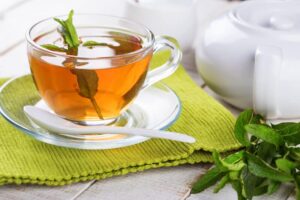
If you’ve ever had a cup of tea before, then you’ve had an infusion. Think of the word “infuse,” and you’ll get it. Basically, plant parts are steeped in hot water to draw out their medicinal components. As a result, that water is …yes, infused, with their herby goodness.
When it comes to herbal preparations, infusions are used for delicate plant parts that break down easily. These include standard aerial parts like leaves and flowers. You’ll also use infusions for things like corn silk, mosses, and lichens (like Usnea spp.), etc.
Just take a teaspoon of fresh or half a teaspoon of dried herbs, and steep them in a cup of hot (not boiling) water for 5-7 minutes. I like to use a tea strainer, but you can strain this through cheesecloth instead and sip either hot or cold.
Once created, your infusion can be stored in the fridge for up to a week.
Pros:
Infusions are pretty much the easiest form of herbal medicine out there. After all, you just take some plant material, steep it in hot water, and drink it.
More importantly, some herbs release their medicinal constituents into water more easily than into alcohol. For example, you’ll get more medicine from raspberry leaf tea than a tincture. Always do your research to find out the best methods of herbal preparations for the plant you’re working with.
Cons:
Although these are easy to make, they don’t always taste spectacular. This is particularly true for bitter and astringent herbs. As a result, they can be difficult to choke down, especially for children.
The good news is that you can add a bit of honey, agave, or maple syrup to most infusions to counteract the “ugh” factor.
![]()
Decoctions
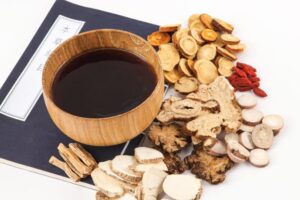
In contrast to herby bits, hard plant parts (twigs, bark, roots) need to be simmered in water on low heat to break them down and draw out their medicinal components.
These are known as decoctions.
Generally, you use one ounce of dried root or two ounces of fresh, in one pint of water. Chop up the plant matter as best you can, and place it in a small pot with the water. Make sure that you don’t use an aluminum pot, but rather stainless, enamel, or glass.
Bring this mixture to a boil, then quickly lower the heat and reduce it to a simmer for about 20 minutes. Strain well through a cheesecloth inside a colander into a cup and drink while warm. You can store your decoction in the fridge for up to a week.
Pros:
Decoctions are ideal for drawing medicine out of dried roots or other woody parts. This is because they won’t release all their healing properties if just dipped into tea.
Even better, decoctions are absorbed quickly and are some of the most potent herbal preparations. This makes them great for treating issues quickly and effectively.
Cons:
Because they’ve been simmered and are quite concentrated, decoction flavors can be strong and intense. This might be an issue for people who have sensitive palates or delicate digestive systems.
Children don’t generally do well with decoctions unless they’re sweetened.
Note: Decoctions’ strength also makes them great for topical applications, such as compresses.
![]()
Tinctured Herbal Preparations
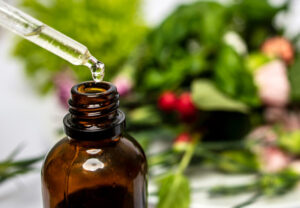
Tinctures can use any or all plant parts, and rely on alcohol or apple cider vinegar to draw out the plant’s healing properties.
These herbal preparations are more concentrated and take much longer (6-8 weeks), but on the bright side, they can be stored for a couple of years.
This is my favorite way to prepare herbal medicines, as alcohol draws out more medicinal properties from most herbs than water can.
Of course, there are exceptions to this, such as nettles and raspberry leaves, which is why it’s so important to do thorough research about the plants you’ll be using for your medicines before deciding which preparation to use.
To make a tincture using the folk method, the ratio is 1:2 fresh herb to alcohol or 1:5 for dried herbs and roots. Use alcohol that’s at least 80 proof (40%). Everclear grain alcohol, vodka, and brandy are great, and the latter two are ideal for people who may have gluten allergies/celiac disease.
Pros:
Alcohol can draw out pretty much any medicinal property from any plant, so this is basically an all-purpose method.
Alcohol is also a perfect preservative: these tinctures can remain potent—and effective—for decades as long as they’re stored properly.
They don’t need to be refrigerated, so keep your tinctures in amber or cobalt glass bottles, in a cool, dark location, out of direct sunlight. I keep mine in a hutch in the living room, so they’re close at hand but away from heating vents or windows.
Cons:
Since these are alcohol-based, they’re not the greatest option for treating children. People who avoid alcohol for personal or religious reasons won’t be able to take them either.
![]()
Vinegar-Based Tinctures
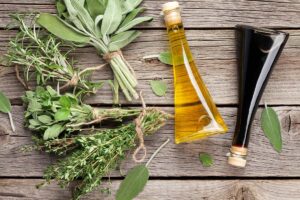
If you don’t drink alcohol for personal or religious reasons, you can use apple cider vinegar instead. These are ideal for children since most people aren’t too comfortable boozing their kids up, even for medicinal purposes.
The ratios for vinegar-based tinctures are the same as for alcohol-based herbal preparations, namely 1:2 or 1:5 for fresh and dried plant matter, respectively.
Many culinary herbs are great in vinegar, as are stinging nettles, as the vinegar helps to draw out their medicinal components really well.
Pros:
Versatility! You can take cider vinegar tinctures on their own, in oxymels (see below), or add them to dishes you’re cooking. I’ve added them to soups, fresh juices, salads… you name it.
Vinegar-based tinctures are also great for those who don’t consume alcohol, as they can benefit from the medicine without the booze.
Cons:
One of the main reasons why alcohol is used to tincture herbs is because of how effectively the alcohol draws out the medicinal properties. Many herbs won’t release their healing components unless they’re in a solvent that’s powerful enough to extract them.
As mentioned before, some herbs simply won’t release their medicinal qualities to a solvent that is less potent, such as water, apple cider vinegar, or vegetable glycerine.
Cider vinegar tinctures also have a much shorter shelf life than alcohol-based tinctures. You need to keep them refrigerated, and they’ll keep for about a year.
![]()
Oxymels
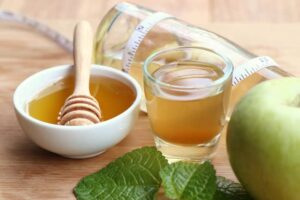
Oxymels are technically an herbal preparation as an extension of the tincture category. Basically, an oxymel is made with vinegar and honey. These have been used for thousands of years and were suggested by Hippocrates (400 BCE) for their healing properties.
If you’ve created one of the aforementioned apple cider vinegar tinctures, try mixing some with an equal amount of raw honey and see if you like the result.
Should you find that it’s still too vinegary for you, add more honey.
You can even mix herbed vinegar with herb-infused honey for double medicinal action!
Oxymels are great for herbs and spices that are spicy or really pungent, as the honey helps to counteract the powerful funkiness that you’d otherwise have to choke down. Try making your oxymels with garlic, ginger, basil, cayenne, or other pungent aromatics that pique your interest.
If you’re feeling chilled or treating discomfort on a cold day, add a spoonful to a cup of hot (not boiling) water, and sip the deliciousness.
If you’re feeling overheated, or if you’re treating an issue during summertime, dissolve the oxymel in a tiny bit of hot water. Then add ice water or chilled soda water and sip merrily.
Some people even use oxymels as part of vinaigrette salad dressings. Feel free to be creative!
Pros:
As mentioned, since these have such a high honey content, they’re much more palatable than standard vinegars and tinctures. This makes them more appealing to children.
Honey’s naturally antibacterial, antibiotic, antimicrobial, and antiseptic properties can amp the herbs’ effects and promote even greater healing. For example, oxymels are ideal for throat infections, colds, and cases of flu.
Cons:
Oxymels don’t last very long before they need to be used.
Once prepared, you can keep them in the fridge for about a month. Just make sure always to use clean, dry spoons when dipping into them, and never put the spoon back into the mixture after it’s been in your mouth.
Also, raw honey can be harmful to some children under the age of two, so don’t treat them with oxymels unless approved by a naturopath or other healthcare practitioner.
![]()
Glycerites
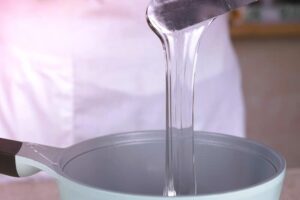
If you’re looking for other non-alcoholic herbal preparations, you can try your hand at making glycerite tinctures.
A glycerite is made using vegetable glycerine, hence its name. These have a sweet taste that makes them more palatable, in that whole “spoonful of sugar helps the medicine go down” sort of way.
Like vinegar or water, glycerine-based tinctures can’t extract medicinal properties as intensely as alcohol can but are still effective solvents.
Interestingly, glycerites have a longer shelf life than cider-based tinctures do. You can store these in the aforementioned cupboard type of place or refrigerate them, and they’ll remain potent and healthy for 3–6 years.
Pros:
Since these are sweet and generally nonthreatening, they’re even better for children than oxymels. This is because they don’t have the sour/sharp vinegar taste from the aforementioned.
Cons:
Glycerites need to be refrigerated and will only stay good for a month or two in the fridge. Additionally, since they don’t have any alcohol content, they’re prone to developing mold if any liquid gets into them.
It’s especially important to ensure that no-one’s lips (or hands!) touch your glycerite droppers. Whereas alcohol can kill various germs, glycerites are carriers for medicine but don’t have the same germ-killing properties.
If germy droppers are put back into glycerite bottles, they can contaminate entire containers with ick.
You don’t need to add glycerites to hot water or anything. The flavor and texture are palatable enough that they can be taken directly. Just add the recommended dosage (see below) to a spoon and enjoy it.
![]()
A Note Using Herbal Preparations Safely:
The standard tincture dosage for adults is two to four ml, up to three times a day. In comparison, standard glycerite dosage is around one ml, three times a day.
If you’d like to know how many drops that is, two ml = roughly 40 drops, three ml = 60 drops, four ml = 60 drops.
Most people keep their tinctures and glycerites in cobalt or amber dropper bottles for ease of storage and dosing. These are fabulous, but some folks make the mistake of actually wrapping their lips around the dropper to take their doses.
Don’t do this. Always transfer the medicine from the dropper to a spoon or cup before taking it.
Remember to research any herbs before taking them to ensure that they’re safe for you and your family. If you have any doubts about potential allergens or contraindications with medications you’re currently taking, consult with a healthcare professional before taking anything.
Most importantly, make sure that you source your herbs from trusted shops and/or growers. The last thing you want is to create a medicine for yourself from a harmful lookalike plant.
I often have herbs & or herb seeds for sale, so give it a go & be brave to reap the rewards
 Any questions or if buying, contact me HERE
Any questions or if buying, contact me HERE
![]()

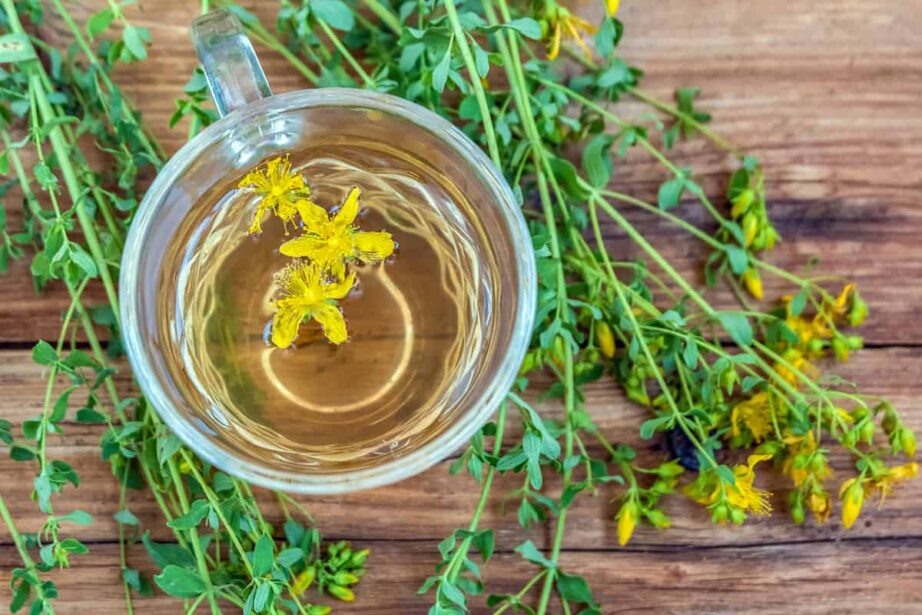
Recent Comments